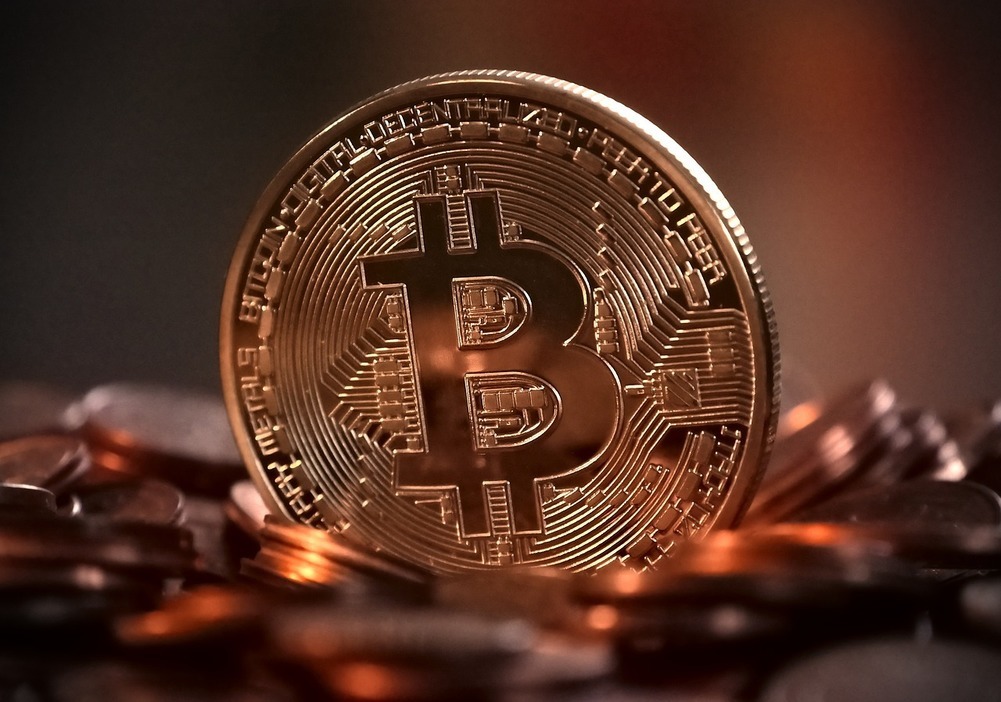
Engineering Seamless Digital Payment Solutions
-
Posted in : Engineering:
- On : Oct 02, 2023
In recent years, technological advances in computer engineering have drastically revolutionized bank payment systems, ushering in an era of enhanced efficiency, security, and convenience. Among the key advancements, the Payment Services Directive 3 (PSD3) framework is a groundbreaking digital payment framework, catalyzing transformative changes in the financial landscape.

Payment Services Directive 3 (PSD3) Framework

The PSD3 framework, a fundamental advancement in bank payment systems, seeks to regulate payment methods in the banking ecosystem to bolster consumer protection, promote competition, and foster innovation. It builds upon previous directives and extends regulatory guidelines to include emerging technologies and non-bank players in the payment ecosystem. Overall, the PSD3 framework encourages collaboration and competition, ultimately driving payment infrastructure and service advancement.
Blockchain Technology
Blockchain technology, famous for underpinning cryptocurrencies like Bitcoin, has found applications beyond digital currencies. Its decentralized and secure nature has been leveraged in payment systems to ensure transparency and reduce fraud. Blockchain facilitates swift and secure cross-border transactions, minimizing fees and processing times, thus enhancing the overall efficiency of bank payment systems.
Artificial Intelligence (AI) and Machine Learning
AI and machine learning have significantly enhanced fraud detection and prevention within the banking ecosystem. These technologies can analyze vast amounts of transaction data in real time, identifying unusual patterns and potentially fraudulent activities. Moreover, computer engineers use AI-powered algorithms to personalize user experiences, suggesting payment options and automating routine tasks for faster and smoother transactions.
Contactless Payments and Near Field Communication (NFC)
The advent of contactless payments using NFC technology has transformed how individuals make transactions. This engineering advancement allows for secure, convenient, and quick payments without physical contact. With a simple tap or wave of a card or mobile device, transactions are processed swiftly, enhancing user experiences and speeding up payment processes in various settings.
These advances have improved efficiency and security and enriched user experiences, marking a paradigm shift in financial transactions. The future of banking promises further innovations, driven by continuous technological advancements and a commitment to optimizing financial services.